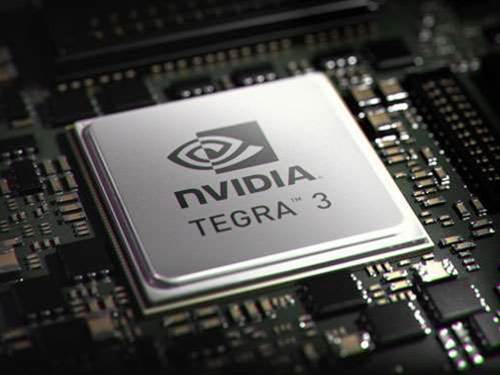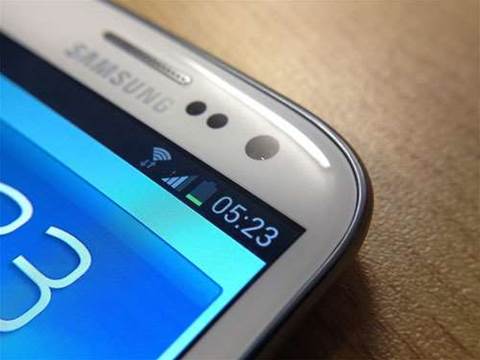Astute watchers of the Australian smartphone market will have noticed that devices promising “quad-core” CPUs are rapidly becoming the norm, slowly edging up in numbers to eclipse dual-core.
Similarly, we’re seeing the rise of LTE smartphones able to take advantage of Telstra’s fledgling 4G network. But, as many of you may be asking, where are the quad-core 4G phones?
At the moment there are no handsets on the market that combine the highest CPU speeds with the highest network speeds. Locally, if you’re buying a 4G phone from Telstra, you only have dual-core options.
If you look around the world, you’ll see that “flagship” quad core phones like the HTC One X and the Samsung Galaxy S3 all have dual core versions for their 4G options.

Power to the people
The issue, as with nearly everything smartphone related, is the battery. LTE radio chips have a heavier power consumption than their 3G little brothers and this slams the battery on your phone.
The reason for the greater drain is manifold, but one of the main reasons is that LTE devices use MIMO (multiple in, multiple out) technology to receive, well, multiple signals, thus enabling faster speeds.
Also, at the moment since 4G is still quite new, the phone must switch between 4G and 3G networks as needed and while on 3G it will constantly ping on the 4G spectrum to see if it’s available.
Quad core CPUs can actually help improve battery life over dual-core - Nvidia’s Tegra 3 has a 4+1 core design, where the +1 is a lower spec core requiring less power that comes into use when less processor activities are in play.
But much of the quad-cores much touted battery saving relies on software based system optimisation which is still in its early stages. Certainly many users are not reporting an overly impressive battery experience from their quad-core phones.

On the die
But the big issue comes from the fact that there are no quad-core processors with integrated LTE chips - something that would vastly improve on the battery life. Both Qualcomm and Nvidia make LTE radios and quad-core processors, but the two haven’t been paired on the die as of yet.
That’s set to change - both companies have LTE integrated quad-core CPUs on the horizon. Qualcomm have the MSM8974, a quad-core 2-2.5GHz processor using the Krait architecture and with LTE (in Qualcomm terminology MSM devices have radios on-chip). That’s been timelined for the start of 2013.
Nvidia, meanwhile, has the Tegra Grey series – that’s still a codename, following Nvidia’s superheros naming conventions (Jean Grey of X-Men fame). The Grey will be a Quad ARM Cortex A9 and have the integrated version of Nvidia’s Icera LTE radio - that’s looking tentative at Q3 2012.
That’s not to say these will be the first time you can get a quad-core LTE phone of course. Manufacturers are still able to release a quad-core device with a separate LTE chip - it’ll just be open to the battery issues we were discussing earlier.
LG’s LS970 is said to have a 1.5GHz Snapdragon S4 with LTE and Fujitsu are meant to be working on the Arrows X LTE, with a Tegra 3 processor and a third party LTE radio - although that will be Japan only.
So, if you’ve been holding off on a new phone waiting for a phone like the HTC One X or the Samsung Galaxy S3 to hit Telstra with their full quad-core glory, you might need to revise that idea - or be prepared to wait for a while longer.






_(11).jpg&h=142&w=230&c=1&s=1)



.jpg&w=100&c=1&s=0)
_(8).jpg&w=100&c=1&s=0)







.jpg&q=95&h=298&w=480&c=1&s=1)


.jpg&q=95&h=298&w=480&c=1&s=1)


